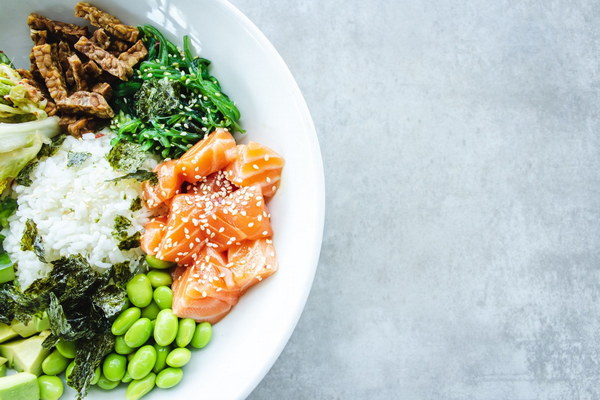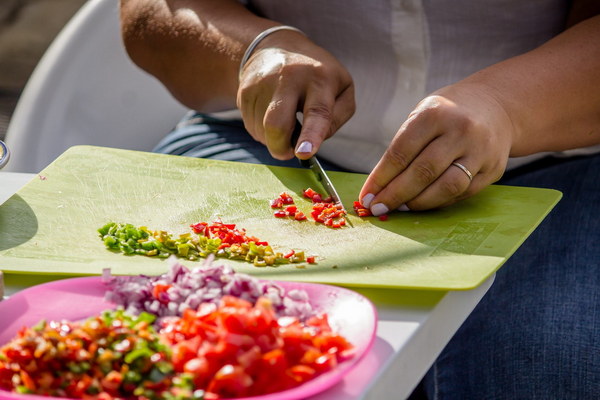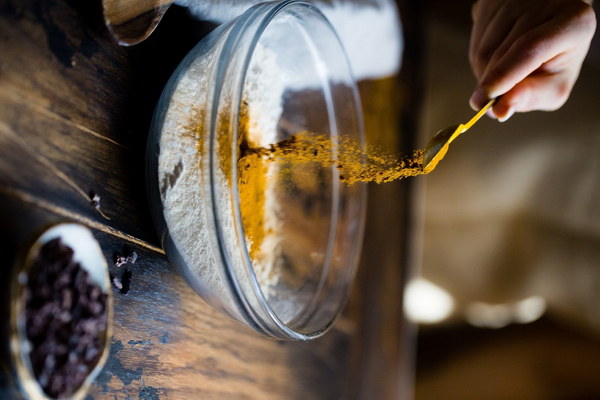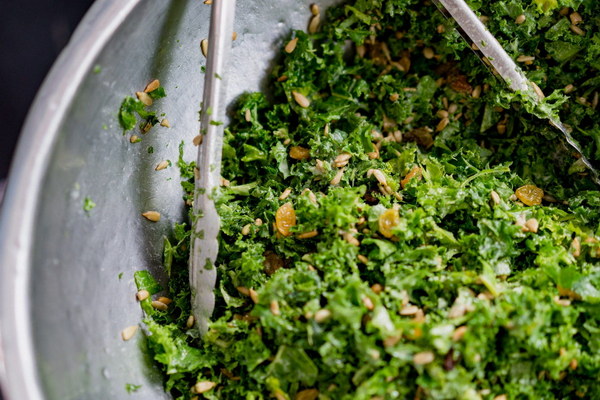Post-Hysterectomy A Comprehensive Guide to Body Care and Recovery
After undergoing a hysterectomy, it is crucial to take proper care of your body to ensure a smooth and healthy recovery. This article provides a comprehensive guide to post-hysterectomy body care and recovery, covering essential tips and guidelines to help you navigate the healing process.
1. Rest and Recovery
The first few weeks after a hysterectomy are critical for healing. It is important to rest and avoid strenuous activities to give your body time to recover. Here are some tips to help you rest and recover:
- Follow your doctor's post-surgery instructions, including taking prescribed medications and attending follow-up appointments.
- Get plenty of sleep to help your body heal.
- Use pillows to support your back and legs while sleeping.
- Avoid driving or operating heavy machinery until you have full range of motion and are no longer taking pain medications.
2. Pain Management
Pain is a common concern after a hysterectomy. Here are some strategies to manage pain:

- Take pain medications as prescribed by your doctor.
- Use cold packs or a heating pad to alleviate pain and reduce swelling.
- Practice deep breathing exercises to help relax your muscles and reduce pain.
- Engage in gentle stretching exercises to improve flexibility and reduce discomfort.
3. Nutrition and Hydration
Proper nutrition and hydration are essential for healing after a hysterectomy. Follow these guidelines:
- Consume a well-balanced diet rich in fruits, vegetables, whole grains, lean proteins, and healthy fats.
- Ensure adequate protein intake to support tissue repair and healing.
- Stay hydrated by drinking plenty of water throughout the day.
- Avoid caffeine and alcohol, as they can dehydrate you and interfere with healing.
4. Personal Hygiene
Maintaining good personal hygiene is important during recovery. Here are some tips:
- Keep the incision site clean and dry.
- Follow your doctor's instructions regarding bathing and showering.
- Change your pads or tampons regularly to prevent infection.
- Report any signs of infection, such as increased pain, redness, or discharge, to your healthcare provider.
5. Physical Activity
Once you have received clearance from your doctor, gradually increase your physical activity to improve strength, flexibility, and overall well-being. Here are some suggestions:
- Start with gentle walking and gradually increase the distance and pace.
- Perform light stretching exercises to improve flexibility and reduce scarring.
- Engage in low-impact activities, such as swimming or cycling, to build endurance.
- Avoid high-impact activities, such as running or jumping, until you have fully recovered.
6. Emotional Support
A hysterectomy can be an emotionally challenging experience. Seek emotional support from friends, family, or support groups to help you cope with the changes and feelings you may be experiencing.
7. Follow-Up Care
Regular follow-up appointments with your healthcare provider are essential to monitor your recovery and address any concerns. Be prepared to discuss any changes in your health, pain levels, or symptoms.
By following these guidelines, you can help ensure a smooth and healthy recovery after a hysterectomy. Remember, patience and care are key to healing, and it is important to listen to your body and take the time it needs to recover fully.









